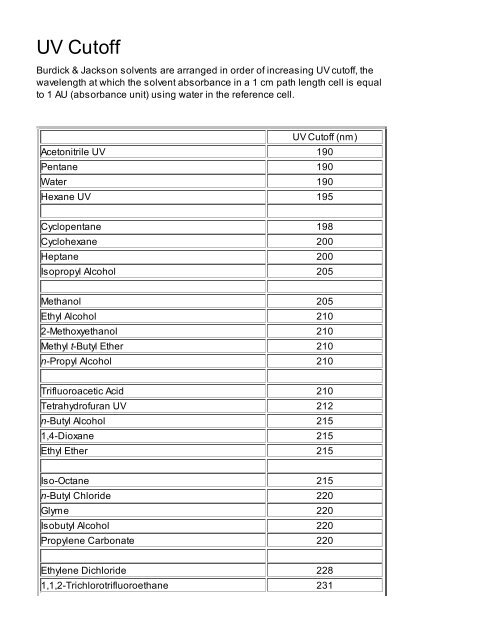

The cut-off wavelength for biologically effective solar radiation (defined as the wavelength at which the biologically effective solar radiation is at 1% of its maximum) varied from 291 to 295 nm over the time of the year and from 292 to 296 nm over the day.ConclusionFor all practical purposes the biologically effective spectrum of solar ultraviolet radiation may be considered to remain constant over the period when sunburn may occur and the minimal wavelength of sunlight that contributes to sunburn is in the range of 291–296 nm. The maximally effective wavelength of biologically effective solar radiation was determined to be 308 nm. The measured spectral irradiance was multiplied wavelength by wavelength by the erythema action spectra.ResultsWe determined that the biologically effective solar spectrum remains essentially the same over the times of the day that sunburn may be experienced. The purpose of the present study was to determine the variation of the biologically effective solar spectrum with the time of the day and the time of the year and to determine the variation of the shortest wavelength that contributes to the sunburn reaction with the time of the day and the time of the year.MethodsSpectroradiometric measurements were made at ground level over the period of one year (1988–1989) and at different times of the day at latitude 29.5° north. There have been many measurements of the variation of the solar spectrum with the time of the day and the time of the year, but questions remain as to the variation of the quality of the spectrum and the contribution of the shortest wavelengths of solar terrestrial radiation.

In this way we may arrive at the weighted effectiveness of each wavelength of solar radiation to produce a sunburn reaction. Optical fibers work on the principle of total internal reflection and are the most useful product in our life.BackgroundBiologically effective solar ultraviolet radiation is defined as the product of the intensity of the solar spectrum and the erythema action spectrum at each wavelength. We can precisely say that cut off wavelength is related to single mode fiber communication.

Cut off wavelength is the maximum wavelength at which the fiber optics will operate in a single mode fiber. The terms cut off wavelength is basically used in optical fiber communication. We know that the formula of wavelength can be given as $\lambda =\dfracnm$. In the above question we need to find the cut off wavelength of X-Ray for a given energy of X-ray tube. An electromagnetic wave can be distinguished in the terms of frequency and wavelength. In theoretical terms wavelength means the distance between the identical points of the wave or we can say that the wavelength is the spatial period after which the wave starts repeating itself after a particular interval of time. Hint: Wavelength is mathematically defined as the ratio of Velocity to the frequency.


 0 kommentar(er)
0 kommentar(er)
